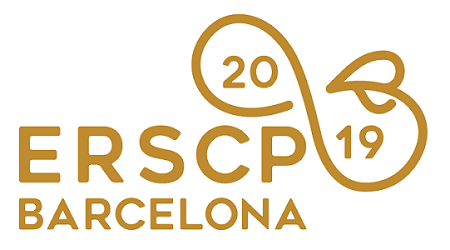Papers Proceedings »
Integration of LCA tools in BIM
In the case of regenerative processes, design can receive significant benefits from information that can be obtained by applying the life cycle assessment methodology. The LCA (Life Cycle Assessment) approach can be implemented both for a single building material and for the whole building. An effective and efficient real application of this methodology requires the integration of LCA databases and analysis routines to the simulation tools BES (Building Energy Simulation) and BIM (Building Information Modelling). The integration of LCA tool significantly impacts the design efficacy especially in reducing environmental impact of the construction industry. This paper reviews the integrated LCA tools in simulation software currently available for BIM platforms and will explore the possibilities given to restorative design informed by LCA analysis, through a test on two construction typologies for a case study. The first step of the research is focused on the investigation of the state-of-the-art about the more used available LCA software: the analysis was developed according to the typology of tools (stand alone, plugin, suite tool) and their main characteristic in terms of database, products, data availability, selecting those with with a direct connection or plugin for BIM models: Tally and One click LCA The second step is to select the tools that could be implemented on BIM software: in this specific case Autodesk® Revit® is analysed to conduct the 3D modelling and to apply the inventory database of building materials, in relation to the characteristic of the local climate, the building site and the local material production and supply. After the quantification of building materials in the construction components, the results of environmental impact given by the analyses are selected and discussed with reference to the Global Warming Potential (GWP) and the Primary Energy Demand (PED): the choice of these environmental impacts is given according to the development and requirement by rating system such as LEED v4 and Living Building Challenge. Moreover, the study shows and discuss the results testing on two different kind of structure: a masonry envelope and a wooden one, defined in the technological and thermal characteristics according to the Italian law D.M. 26/06/2015 and the Italian Climate Zone E.
